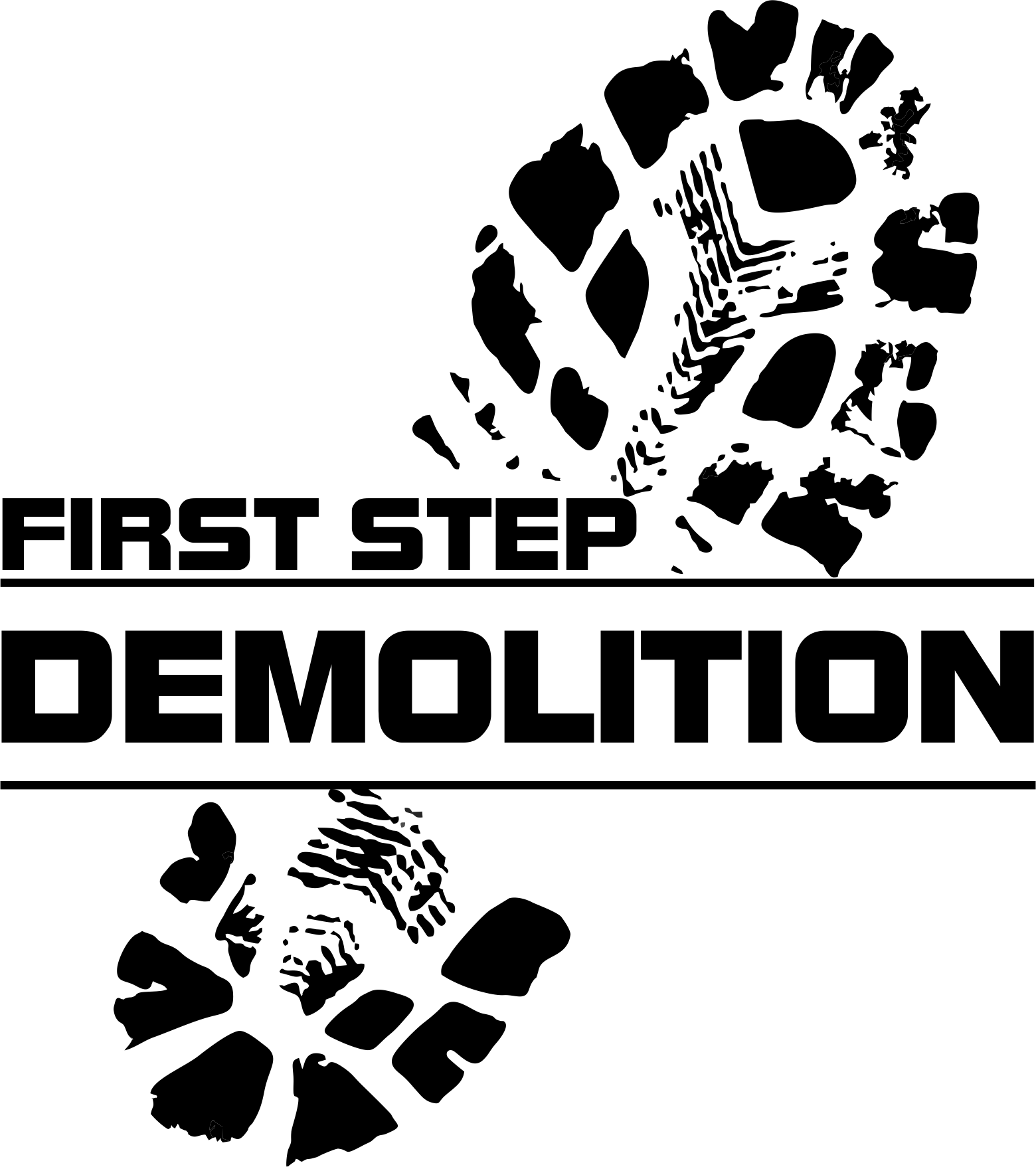The Different Types of Residential Demolition and Which One is Right for Your Home
Demolition is a process of tearing down or dismantling structures such as buildings and other infrastructures. Did you know that there are different types of demolition, both for commercial and residential? There are
five different demolition methods that demolition companies apply for both commercial and residential properties. Although demolition sounds like a destructive endeavor, it is a necessary process, especially when you want to renovate or reconstruct your home. Now, residential demolition can range from removing a single wall to tearing down an entire structure. The type of demolition you will do will also depend on the project's requirements. That is why it is important to know what type of demolition you should do for your home renovation project. Luckily, in this post, we will explore the various types of residential demolition and help you determine the best option for your specific needs.
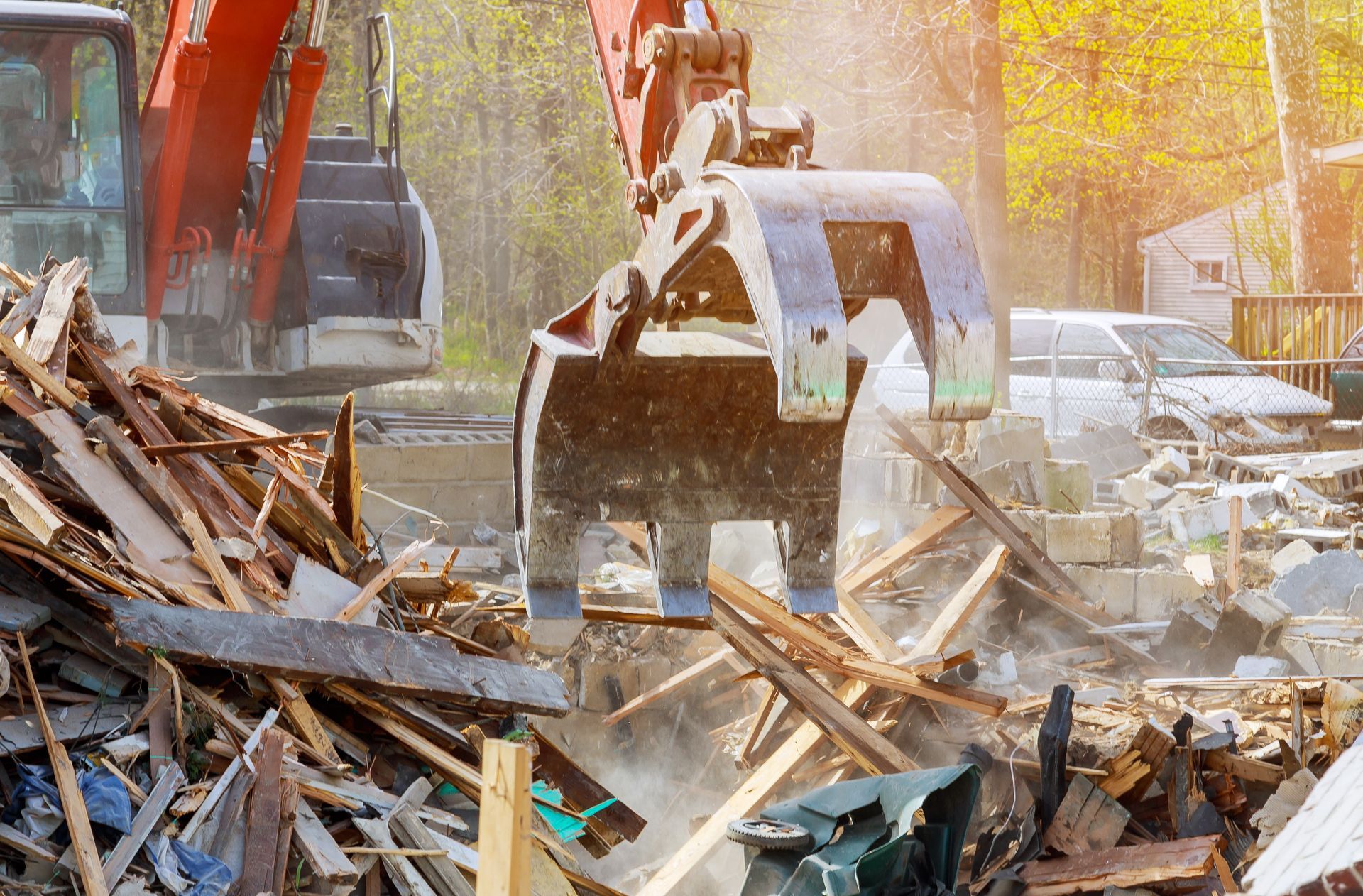
4 Types of Residential Demolition and Which One is Right for Your Home?
Before you begin your demolition project, the very first thing you have to do is to identify what demolition method you apply for your project. If you are planning to hire the help of professional demolition contractors, just explain to them what you want to do with your home and they will know which type of demolition to apply. However, if you prefer the DIY approach, well you absolutely need to know the different types of residential demolition. Now here are the four different types of residential demolition that you can choose from:
Different Types of Residential Demolition
Interior Demolition
Interior demolition involves the selective removal of interior components within a structure while preserving the building's exterior. This type of demolition is ideal for homeowners looking to remodel or renovate specific rooms or areas of their homes. Common interior demolition projects include:
- Removing walls or partitions to create open-concept living spaces
- Stripping out old flooring, ceilings, or cabinetry
- Gutting kitchens or bathrooms for complete remodels
Deconstruction Demolition
Deconstruction is a more environmentally-friendly approach to demolition. It focuses on disassembling a structure piece by piece to salvage and reuse as much material as possible. This method minimizes waste and promotes sustainability. Deconstruction is suitable for homeowners who:
- Want to preserve and reuse valuable materials like wood, brick, or stone
- Have a strong commitment to environmental conservation
- Are willing to invest more time and resources into the demolition process
Mechanical Demolition
This particular type of demolition is the most common and efficient method of residential demolition. Mechanical demolition involves the use of heavy machinery such as excavators, bulldozers, and wrecking balls. This type of demolition is ideal for projects that require complete structure removal, including:
- Tearing down old or unsafe structures to make way for new construction
- Clearing space for additions or expansions to existing homes
- Removing damaged or dilapidated buildings after natural disasters
Implosion
Implosion is a specialized type of demolition that involves the use of explosives to bring down a structure in a controlled manner. This method is typically reserved for large-scale projects, such as the removal of high-rise buildings or structures in densely populated areas. While it is rare for implosion to be used in residential demolition, it may be necessary in unique circumstances, such as:
- Removing a structure that poses a significant risk to surrounding properties or people
- Demolishing a building with a complex or unstable design that cannot be safely dismantled using other methods
Choosing the Right Demolition Method for Your Home
Now that you know the different types of residential demolition, it’s time to choose the right method. To determine the best demolition method for your home, consider the following factors:
Factor #1: Project scope
The scale of your project will play a significant role in choosing the appropriate demolition method. Smaller projects like interior renovations may only require selective demolition, while complete structure removal will necessitate more comprehensive methods.
Factor #2: Environmental impact
If minimizing waste and promoting sustainability are priorities for you, deconstruction may be the best choice, despite the additional time and labor involved.
Factor #3: Safety and regulations
Some demolition methods may be more suitable depending on the location and structure of your home. Consult with local authorities and demolition experts to ensure that your chosen method adheres to all safety regulations and requirements.
Conclusion
Knowing the different types of demolition methods is important before you begin with your home renovation project. Also, the right demolition method for your home depends on the scope of your project, your environmental priorities, and any safety and regulatory concerns. By understanding the different types of residential demolition, you can make an informed decision about the best approach for your renovation or reconstruction project. If you don’t know much about demolition, we suggest you consult a professional demolition contractor to help you make the best choice for your specific needs.
First Step Demolition
Are you ready to take the first step towards transforming your home? Look no further! At First Step Demolition, we specialize in providing tailored residential demolition services to suit your unique needs. From interior demolition to complete structure removal, our expert team is here to guide you through the process, ensuring a safe and efficient demolition experience.
Choose First Step Demolition for:
Personalized service:
We understand that every project is unique, and we'll work closely with you to determine the best demolition method for your home, based on your specific requirements and goals.
Expertise and experience:
Our skilled team of demolition professionals has extensive experience in handling various types of residential demolition projects. You can trust us to get the job done right, safely and efficiently.
Environmentally-conscious solutions:
We prioritize sustainable practices, and our deconstruction services aim to minimize waste and promote material reuse wherever possible.
Don't wait any longer to make your dream home a reality!
Contact First Step Demolition today for a free consultation and let us help you determine the perfect demolition solution for your home renovation or reconstruction project. Take the first step towards your dream home with First Step Demolition – your trusted partner in residential demolition services!
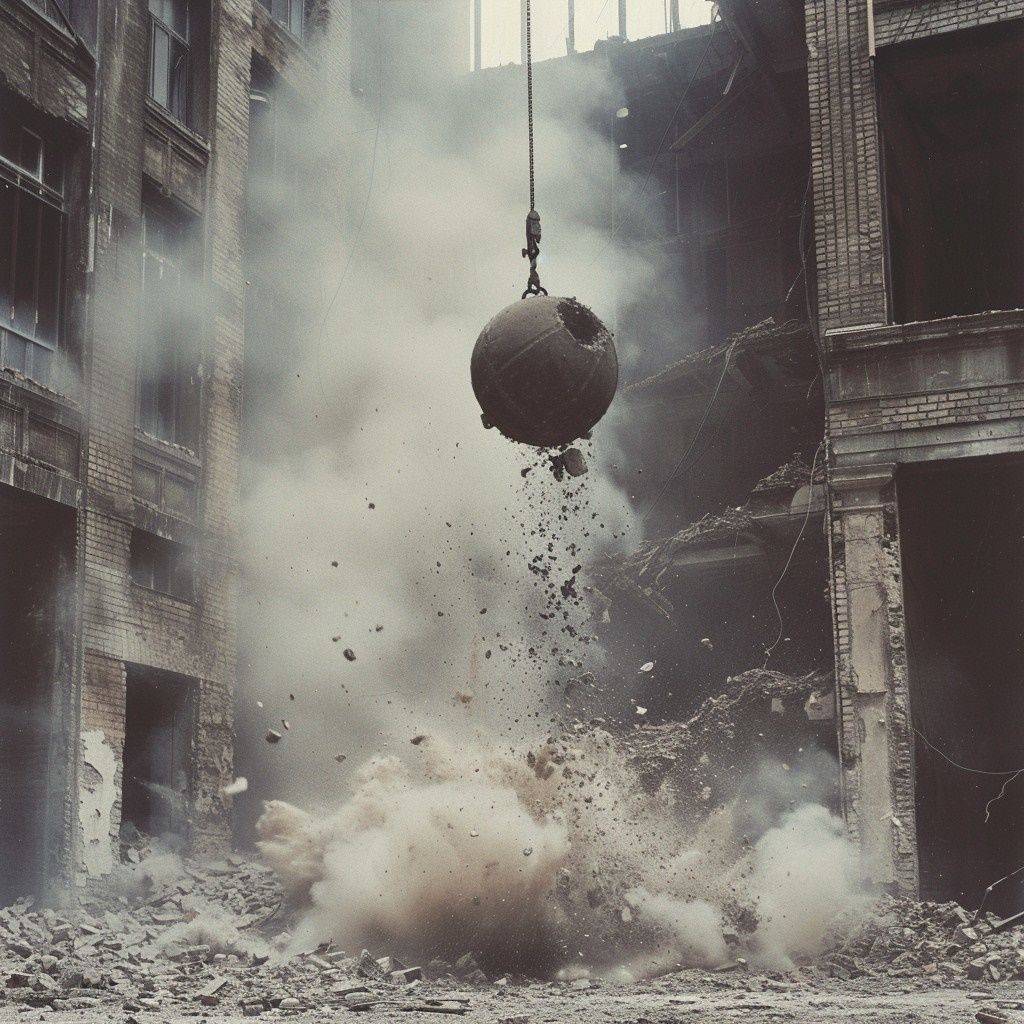
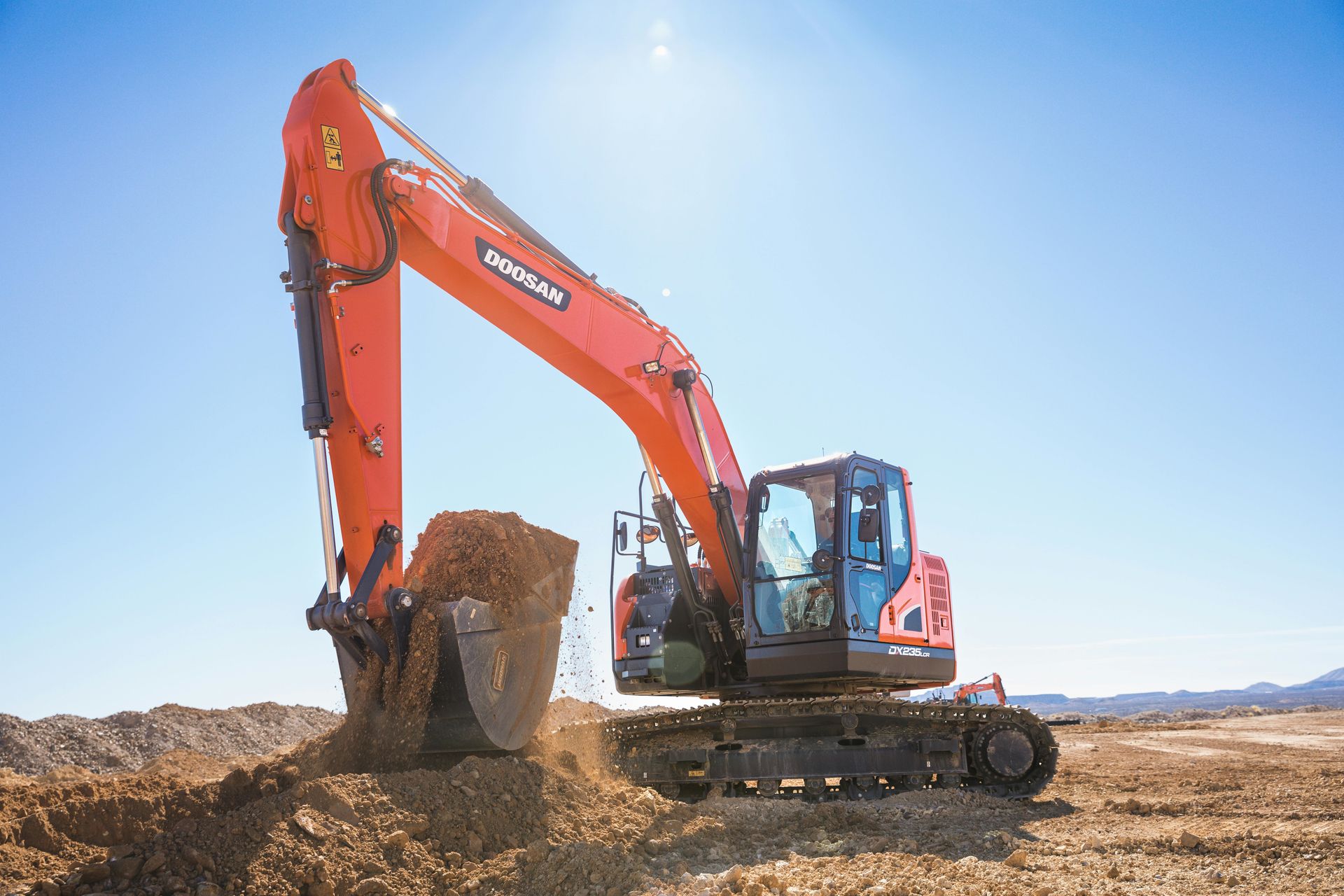
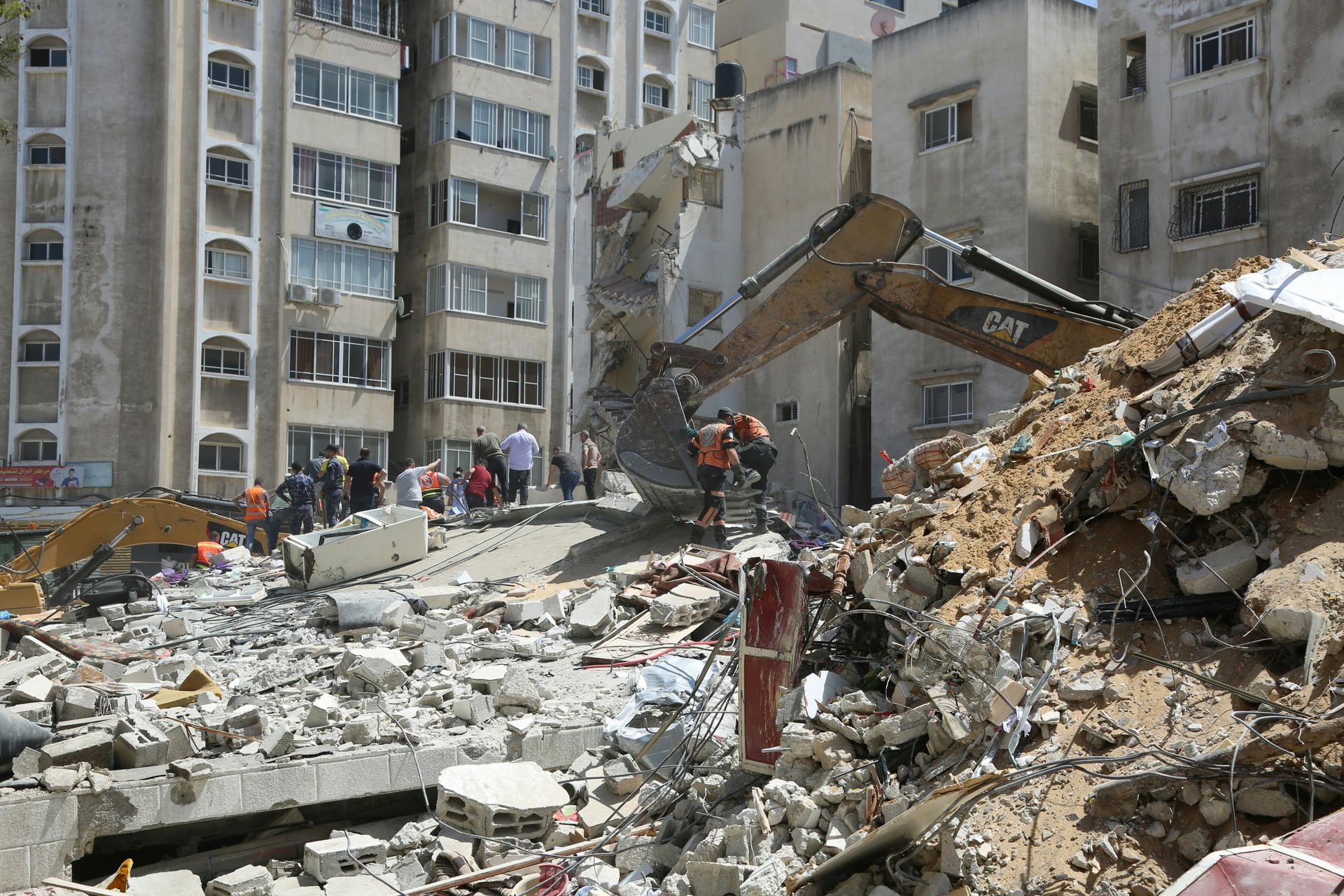
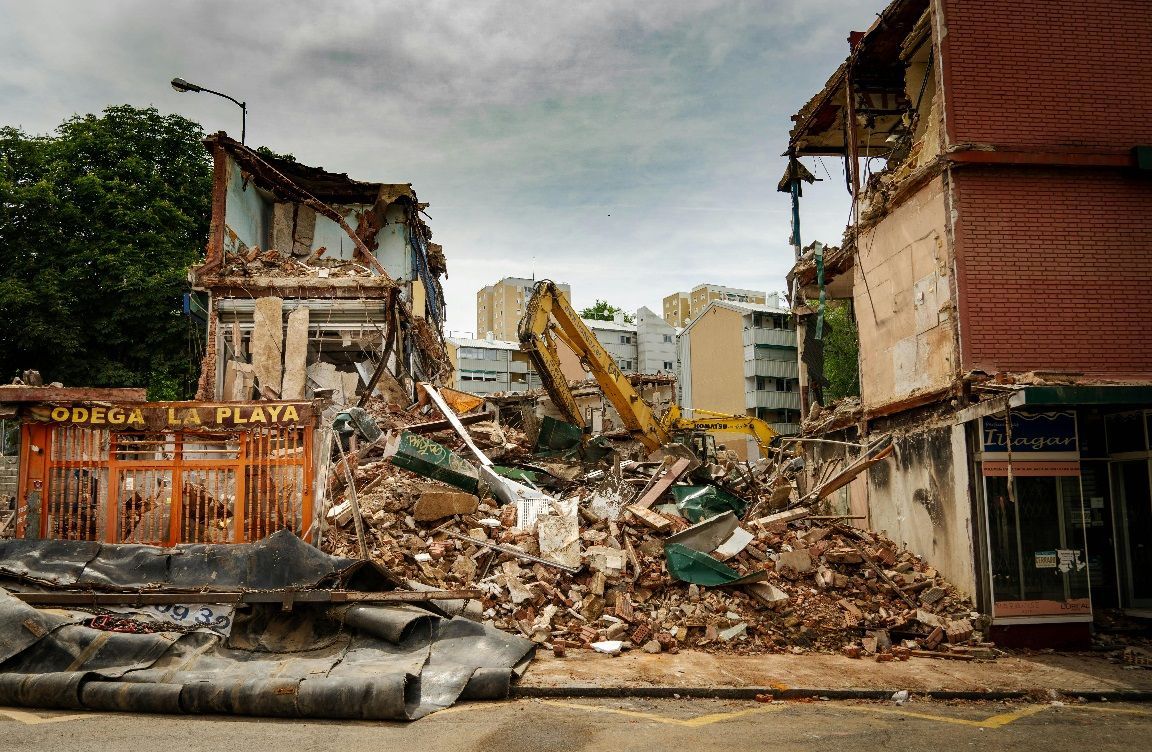
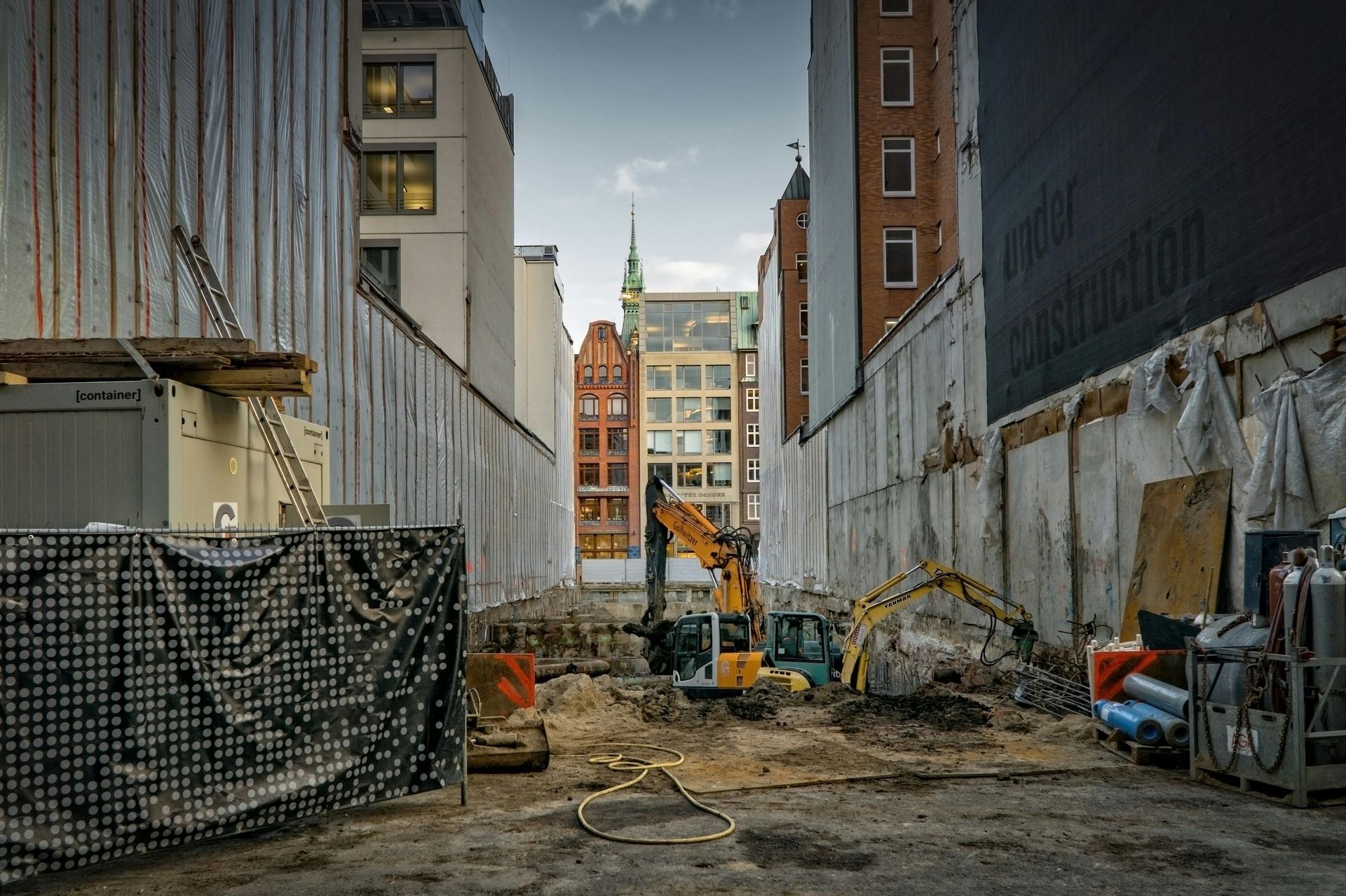
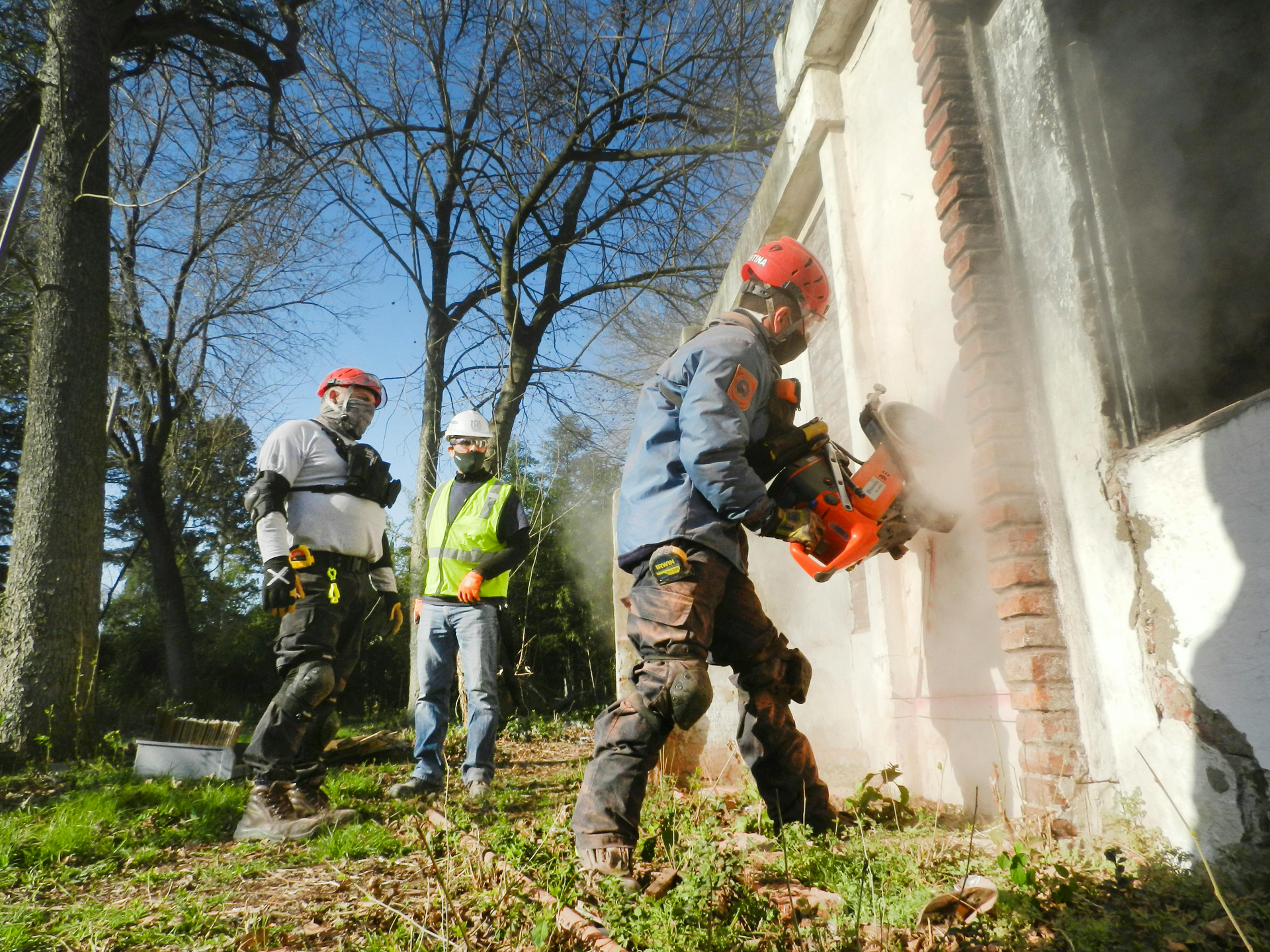


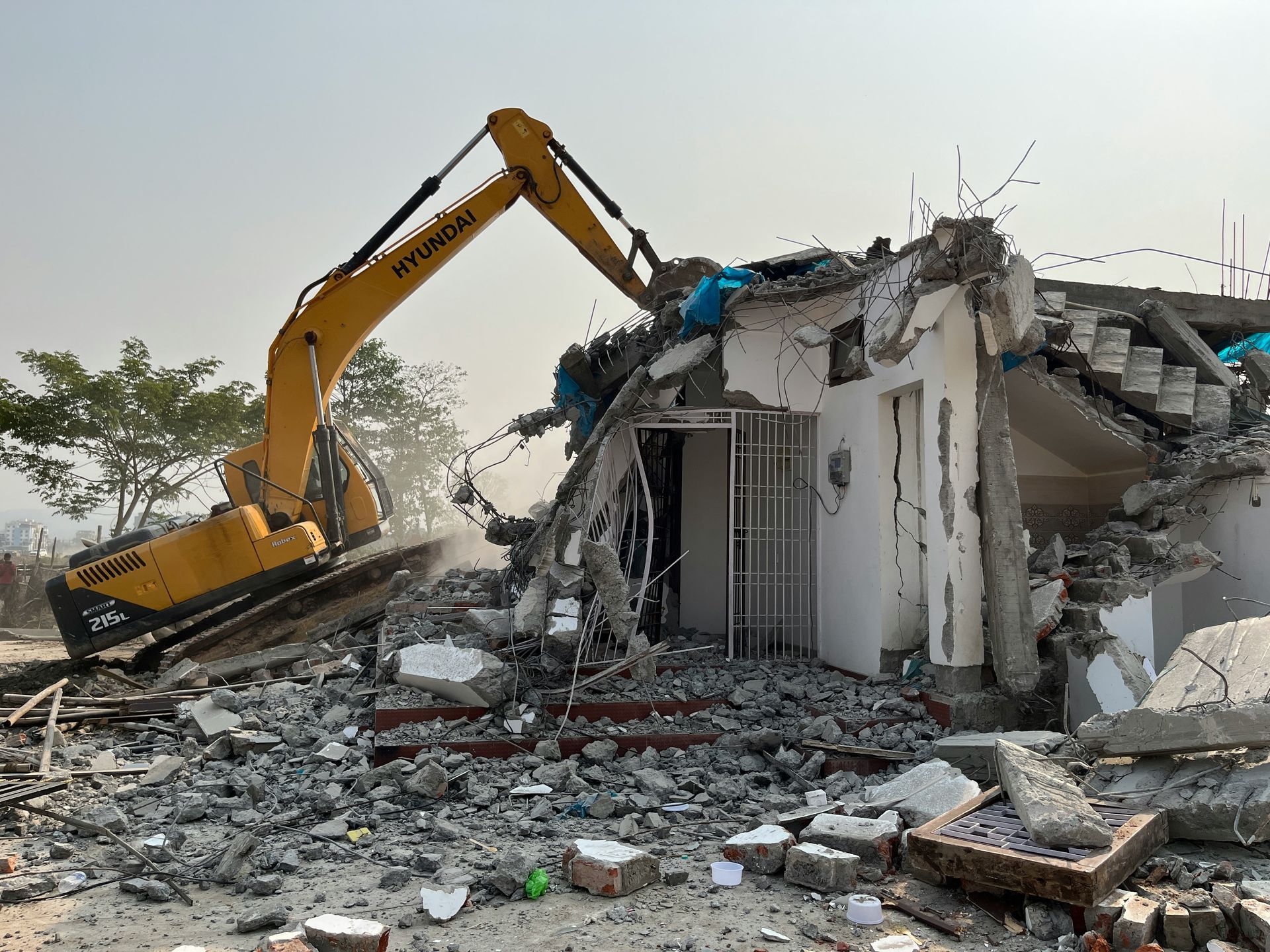
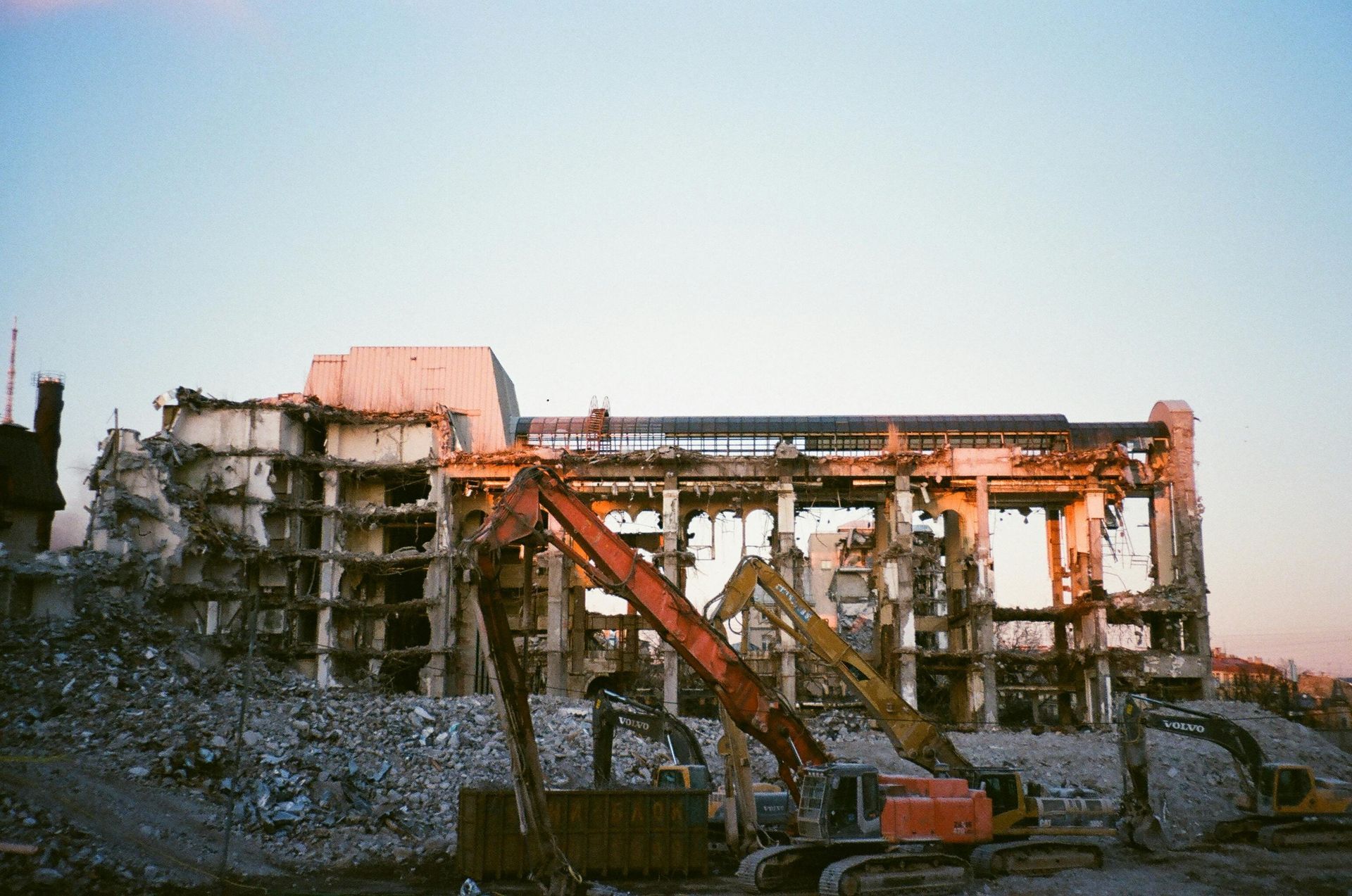
FIRST STEP DEMOLITION PROVIDES COMMERCIAL AND RESIDENTIAL DEMOLITION AND SITE PREP SERVICES TO CUSTOMERS THROUGHOUT ARIZONA.
OUR WEBSITE
OUR COMPANY HAS HIGH SAFETY STANDARDS AND COMPLIES WITH ALL OSHA REQUIREMENTS
Website Designed by: Kickass Websites
